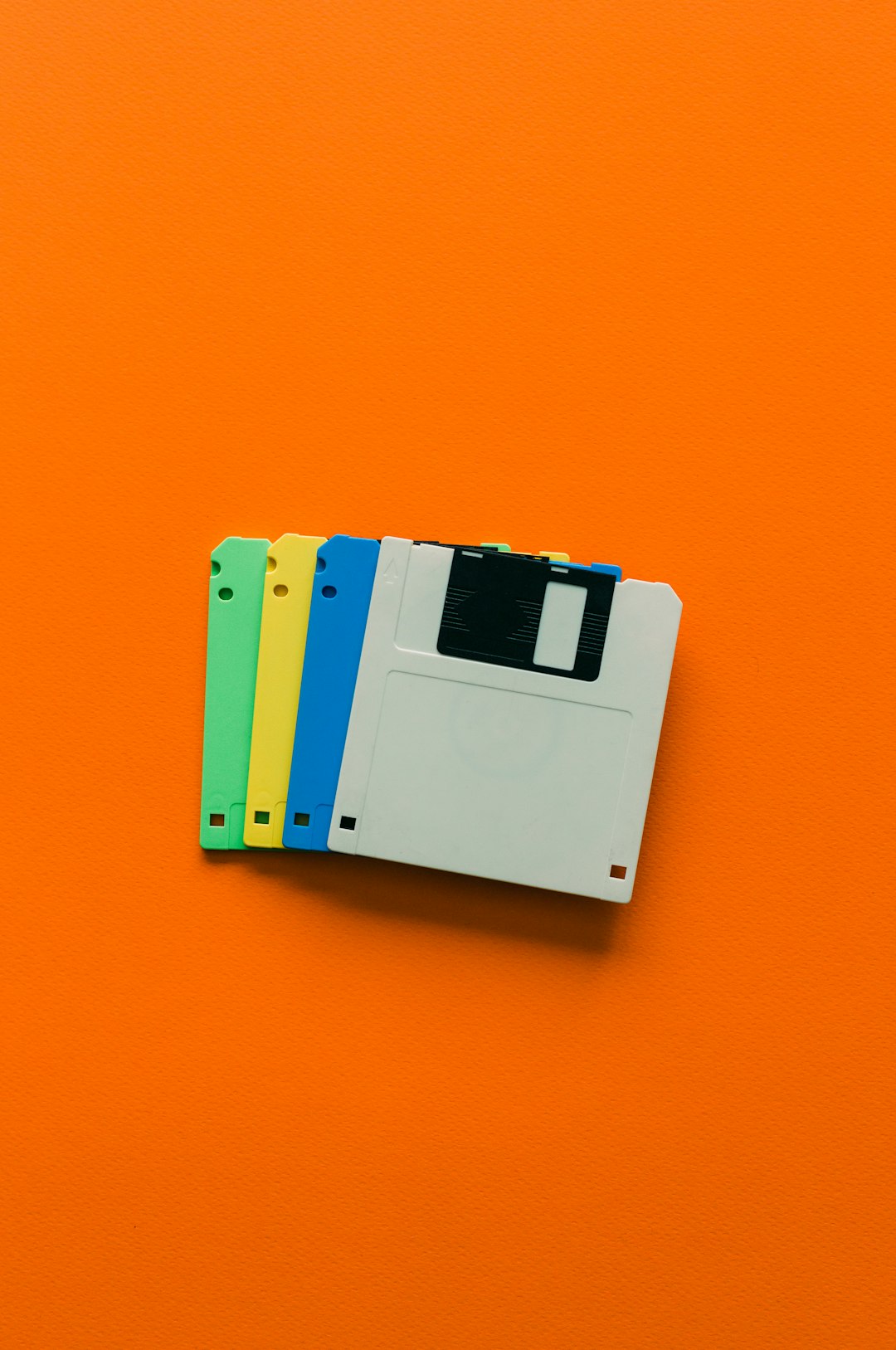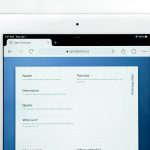When managing software on AlmaLinux 8 or Rocky Linux 8, system administrators and desktop users often look for ways to extend their package management beyond the limitations of RPM repositories. One of the most flexible and user-friendly solutions is Flatpak, a next-generation technology for building and distributing sandboxed desktop applications on Linux. Whether you’re trying to install cutting-edge software or prefer containerized application environments for security and consistency, Flatpak can help you achieve that with ease.
This article guides you step-by-step on how to install Flatpak on AlmaLinux or Rocky Linux version 8, explains why it matters, and suggests best practices for using it effectively.
Why Choose Flatpak?
Flatpak allows you to run applications in an isolated environment known as a sandbox. This offers a number of advantages:
- Distribution Independence: Run the latest application versions regardless of what’s in your distro’s repository.
- Improved Security: Applications run with limited access to the system to minimize damage in case of vulnerabilities.
- Clean Dependencies: Libraries are bundled, reducing conflicts with system versions.
- Unified Experience: Whether you’re on GNOME or KDE, apps packaged as Flatpaks have consistent behavior.

Step-by-Step: Installing Flatpak on AlmaLinux or Rocky 8
Before you begin, ensure that your system is up to date:
sudo dnf update -y1. Enable the EPEL Repository
The Extra Packages for Enterprise Linux (EPEL) repository provides additional software not available in the standard repositories. Flatpak is included here.
sudo dnf install epel-release -y2. Install Flatpak
Once EPEL is enabled, you can install Flatpak using the standard DNF package manager:
sudo dnf install flatpak -y3. Reboot or Log Out (Optional but Recommended)
Some desktop environments fully recognize Flatpak integration only after a session restart. To be safe, reboot your system:
sudo rebootAdding the Flathub Repository
Installing Flatpak is just the first step. You’ll need a source from which to download Flatpak apps. That’s where Flathub comes in—it’s the most popular Flatpak repository, hosting hundreds of desktop applications.
To Add Flathub:
flatpak remote-add --if-not-exists flathub https://flathub.org/repo/flathub.flatpakrepoYou can now search for and install applications from Flathub, like so:
flatpak install flathub com.spotify.ClientThis will install the official Spotify desktop client inside a secure Flatpak sandbox, independent of your system packages.
Useful Flatpak Commands
Here are a few basic commands to get you started with managing Flatpak apps:
- List Installed Flatpak Apps:
flatpak list - Run an Application:
flatpak run com.spotify.Client - Update All Flatpaks:
flatpak update - Uninstall an App:
flatpak uninstall com.spotify.Client
Things to Consider
Flatpak is powerful but comes with its own set of caveats:
- Disk usage is higher due to self-contained libraries.
- Startup times may be slightly longer because of the sandbox environment.
- Not all desktop integrations (like theming) work seamlessly out of the box, although this has improved over time.

Graphical Interface Option
If you prefer a GUI experience, installing GNOME Software with Flatpak support can add a polished, user-friendly way to browse and manage Flatpaks.
sudo dnf install gnome-software gnome-software-plugin-flatpak -yOnce installed, you can launch the software center and search or install Flatpak apps with just a few clicks. This makes Flatpak accessible even to Linux newcomers.
Conclusion
Installing Flatpak on AlmaLinux 8 or Rocky Linux 8 is a relatively easy process that offers significant advantages in terms of flexibility, security, and access to a wide range of applications. Whether you’re a desktop user looking for easy app installations or a systems administrator exploring secure deployment options, Flatpak is a valuable tool to have in your Linux toolkit.
Once set up, you’ll be able to explore a world of modern, continuously updated applications that—unlike native packages—won’t mess with your base system or cause dependency chaos. Try it, and open a whole new dimension of Linux software management!







